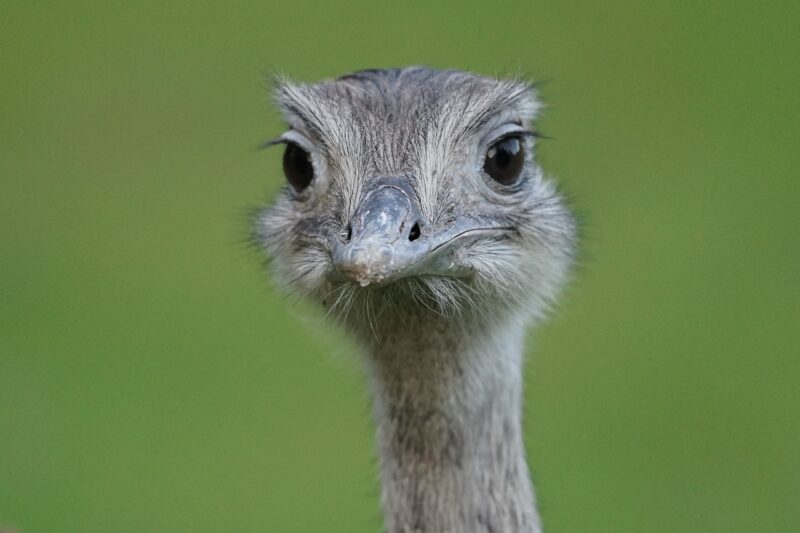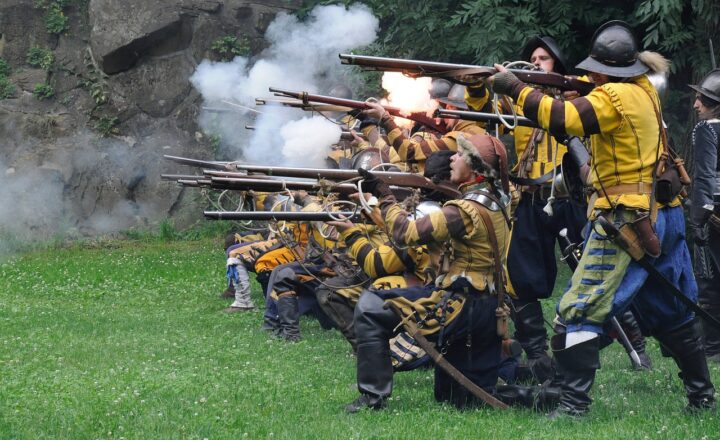The Forgotten History of the Great Emu War: Australia’s Battle Against Birds
November 15, 2024

In 1932, Australia witnessed one of the most peculiar conflicts in its history: a war against emus. Dubbed the Great Emu War, this bizarre military operation against the flightless bird has become a strange and often overlooked chapter in Australian history.
While it may sound like a comedic misadventure, the story reveals deeper issues related to agriculture, wildlife management, and human-animal conflict in the early 20th century. This article delves into the events that unfolded, the strategies employed, and the unexpected outcomes of this peculiar ‘war.’
1. Context: The Rise of the Emu Population
In the years following World War I, returning soldiers were given land to cultivate in Western Australia. The state was emerging as a prosperous agricultural hub, but as farmers settled into the arid land, they faced an unexpected challenge: an explosion in the emu population.
The emu, a native Australian bird, is known for its large size and remarkable speed. With the advent of the seasonal rains, these birds descended upon the farmlands in droves, seeking the oats and crops that the farmers had carefully planted. Farmers began reporting severe losses, with estimates suggesting that over 100,000 birds were invading the farmlands, and by 1932, the situation had reached a critical point.
Dissatisfied with the government’s inadequate response to the crisis, the farmers found themselves at a crossroads. Desperate times called for desperate measures.
2. The Government Response: Military Involvement
In response to the mounting pressure from the farmers, the Australian government decided to intervene. They deployed a small military force to combat the emu crisis, considering it an issue of national significance. The operation commenced in late 1932, with soldiers armed with machine guns equipped to take on what was perceived to be an agricultural invasion.
The first attempt took place in November 1932 near Campion, where soldiers encountered a relatively small group of emus. However, they quickly realized that these birds were surprisingly clever and agile, evading the gunfire with their swift movements. After several unsuccessful attempts to defeat the emus, the military presence began to feel absurd, and the operations were met with ridicule from the public and the press.
3. The Emu Tactics: Nature’s Survival Instincts
As the military struggled to coordinate an effective strategy against the emus, the birds showcased their impressive adaptability. The emus often traveled in groups, using their collective strength to evade the soldiers. They would scatter and reassemble at different locations, making it difficult for the military to target them effectively.
Despite numerous attempts, including ambush tactics, the emus continued to outmaneuver the soldiers, leading to further mocking headlines and increasing public disdain for what was seen as a farcical endeavor. The soldiers themselves were often bemused by the challenges they faced, recognizing the absurdity of their mission.
4. The Conclusion: A Retreat from the Battlefield
The Great Emu War eventually came to an end after just a few weeks, with the soldiers returning home defeated and the emus remaining largely unscathed. Estimates suggest that only around 20,000 emus were killed during the operation, far fewer than what was needed to curb the burgeoning population. Inevitably, the military withdrew in a state of failure, and the event quickly faded from public memory while farmers continued to struggle.
Interestingly, the defeat fueled discussions around alternative methods for controlling the emu population, bringing to light the need for better wildlife management and more sustainable agricultural practices. In the years that followed, farmers introduced fencing measures and utilized more effective methods for protecting their crops.
5. The Legacy of the Great Emu War
Today, the Great Emu War has become a somewhat humorous anecdote often shared in Australian folklore, symbolizing the interface of human efforts and the untameable spirit of nature. However, it also serves as a critical reminder of the complexities inherent in wildlife management and the unforeseen consequences that can arise from attempting to control nature.
Highlights of the Great Emu War continue to influence discussions around agricultural practices, emphasizing the importance of coexistence with wildlife. In a rapidly changing world increasingly affected by climate change and habitat loss, the forgotten history of the Great Emu War invites us to reflect on our relationship with the natural world and the importance of sustainable practices in agriculture.
Conclusion: An Absurd Yet Important Chapter
Ultimately, the Great Emu War represents the often-tumultuous relationship between humans and wildlife. It is a story filled with irony, illustrating not only the failure of humans to control a natural population but also the intrinsic value of understanding ecological balance. As we navigate the complexities of modern agriculture, we must remember that sometimes the most significant battles are not against nature, but against our perceptions and approaches to coexistence.
The legacy of the Great Emu War urges us to acknowledge and learn from our past, ensuring we tread lightly while managing the delicate balance of nature and agricultural development in the future.







